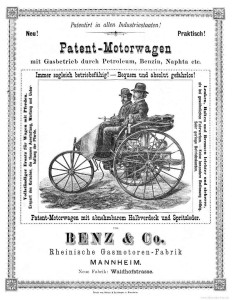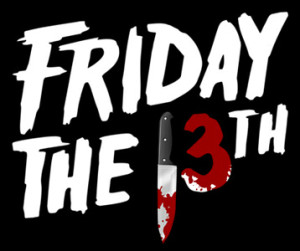The simple, and not so simple, things that make our lives easier and that power our civilization originated over the centuries from all parts of the world. Here’s the background on some of them that originated before 1850.
The sailboat – Ancient Mesopotamia, 6000 BC
Ushering in the Age of Sail, which transformed early trade and transport, the ancient Mesopotamian Ubaid culture (modern-day Iraq) was the first to use sailboats, as a means of crossing the Tigris and Euphrates rivers around which the culture was based.
The nail – Ancient Egypt, 3400 BC
Not just renowned for building the pyramids, the ancient Egyptians invented one of the fundamentals of carpentry and construction – the humble but mighty nail. Three millennia later, the Romans were the first to mass-produce nails, which they forged from wrought iron.
The abacus – Ancient Mesopotamia, 2700 BC
Precursor to the electric calculator as well as the computer, the abacus emerged in ancient Mesopotamia around 2700 BC and was used to make calculations based on the Sumerian culture’s relatively complex numerical system. This clever device was an essential tool for monetary systems and trade in the ancient world.
The compass – China, 206 BC
The invention of this key navigational gizmo transformed seafaring and eventually helped bring about the Age of Discovery, as well as a huge expansion in world trade. Invented in China in 206 BC as a fortune-telling aid, the compass wasn’t used as a navigational tool until the 11th century AD.
Gunpowder – China, 142
The quintessential explosive was developed in China over many centuries, but it was first mentioned in an Taoist text written by alchemist Wei Boyang in 142 AD. This invention has had a major impact on world history, changing the way humans wage war, and gunpowder is still the basis of many modern weapons.
The mechanical clock – China, 725
Another super-important invention from China, the world’s first mechanical clock was created by mathematician Yi Xing and military engineer Liang Lingzan in the eighth century. This accurate way of telling the time pushed humanity forward in a big way, facilitating everything from seafaring to agriculture.
The printing press – Holy Roman Empire, 1440
Johannes Gutenberg’s seminal invention enabled the spread of knowledge to the people and heralded the era of mass communication, giving the wider public access to information that was formerly the preserve of the elite. Its importance cannot be overstated.
The thermometer – Republic of Venice, 1612
Modern medical practice, scientific research and manufacturing all call for accurate temperature measurement. Galileo Galilei developed the first thermoscope, a device that shows temperature changes, in 1592. The first true thermometer, a thermoscope with a scale, was created by Venetian physician Santorio Santorio in 1612.
The modern steam engine – England, 1698
A major driver of the industrial revolution, the world’s first commercially available steam-powered engine was invented by English engineer Thomas Savery in 1698. The pioneering contraption was used to power mills and pump water out of mines.
The computer – England, early 19th century
Regarded as ‘the father of the computer’, English math genius Charles Babbage invented the world’s first mechanical computing devices, the Difference and Analytical Engines, during the early 19th century.
The electric telegraph – England, 1816
English scientist Francis Ronalds is credited with inventing the first workable form of electrical telecommunication in 1816, while American Samuel Morse developed the first commercially-viable telegraph system in 1837, which revolutionized long-distance communication.
Modern anesthesia – USA, 1842
Without effective anesthesia, modern surgical procedures would be all but impossible. While alcohol and opium have been used as crude anesthetics for millennia, modern anesthesia dates back to 1842, when surgeon Crawford Long used ether for the first time to operate on a patient’s jaw.
Modern oil refining – Scotland, 1848
Everything from modern vehicles to plastics exists thanks to refined petroleum. The process was developed by Scottish chemist James Young, who figured out a way to extract kerosene from crude oil in 1848.






